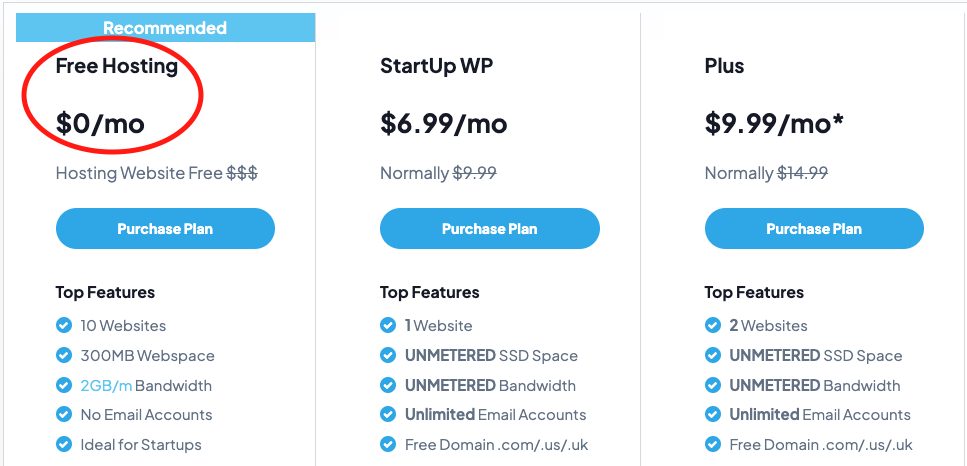How a Recipe Organizer App Helps You Bring Down Your Food Costs?
The price of food has a direct impact on the profit margins of restaurants. Approximately 84.3% of all food waste generated in a restaurant is disposed of, compared to just 15% recycled or donated. Shrinking restaurant budgets make a clear-cutting strategy necessary to minimize food costs, mainly through recipes management.
Standardized recipes allow a restaurant to reduce any additional wastage. Implementing restaurant management software will enable you to reduce your restaurant’s food costs and thereby raise profits.
For your restaurant, recipe management has many advantages. For the order in which objects are to be packed, the first step is making a priority list. An ideal POS restaurant should be able to tell you the optimum time required to prepare each of your dishes so you can better serve your customers.
Based on evolving markets and government regulations, restaurant management software will help you predict raw materials’ prices. This monitors the products consumed in a specific kitchen and calculates the quantity of fresh stock needed.
Let’s look at your restaurant on the various aspects of recipe management.
Recipe management
When we talk about recipe management, we say continuity at all your outlets in your recipes or menus. As the restaurant chain owner, maintaining the accuracy of recipe products can be a nightmare at all the outlets. A modern POS will save the day for you, however.
You can quickly update your recipes centrally with the correct POS with a single click. It will be updated automatically at all your outlets. This helps you take advantage of economies of scale, reducing food prices by specifically reducing food wastage.
Yield Management
As a restaurant owner, even though certain ingredients’ prices rise suddenly, you might be aware that menus may not be changed at will. This impacts the expense of preparing particular food products that cannot be recovered in the short term. Managing your everyday consumption requires careful use of the raw material, including reusing such products where possible.
Since the yield of each item of your stock can be displayed automatically regularly, you can make better decisions about purchasing more stock well before time.
Costing of food
You need to put a check on your food costs after you have got a grip on your inventory and recipes. Sales of restaurants rely enormously on their food costs. This is why the percentage of food costs is an essential metric for evaluating your recipe management success.
Cost of food calculations
It isn’t easy to stay on the budget at a restaurant, particularly when it comes to food costs. The easiest way to do that is to use a formula for food prices, which will help you save time, money, and food in the long term. You have to take the inventory into account and adjust the raw material’s cost when measuring the value of the food for the restaurant.
Pricing of menu
Along with designing the right menu, pricing your food dishes right is also essential. To accomplish the same, most restaurateurs use the best of technology and POS apps. As a restaurant POS helps forecast the different cost of raw materials and expected demand in the coming days, it becomes straightforward for restaurateurs to estimate their budgets.
Portion size control
Restaurateurs claim the food is first eaten through the eyes before the mouth tastes it. That is why we’re concentrating so much on presenting food. In addition to that, you need to reflect on the portion sizes you serve. Do not serve extra-large portions but also do not skimp on it.
As with the latest dishes, you have to keep an eye on how your clients react to them. If you see much of the food left uneaten, it’s time you adjusted the scale of the portion of your dishes. There is almost always guesswork because before you finally show it to consumers, you will never know how much of a new word to offer.
The practice of mix and match
An ingenious technique to adopt is to mix and match your high-priced food products with relatively low-priced ones. For instance, many restaurants serve high prices with low-priced vegetables/potatoes to offer an average menu price. It will also draw more clients, as millennials crave their food for creativity.
All in all, standardizing your recipe menu lets you slightly minimize food costs by initially reducing food waste. Most of the restaurants that struggled in their first year of establishment assume that inventory management and their daily consumption were critical reasons for the sales dip.

